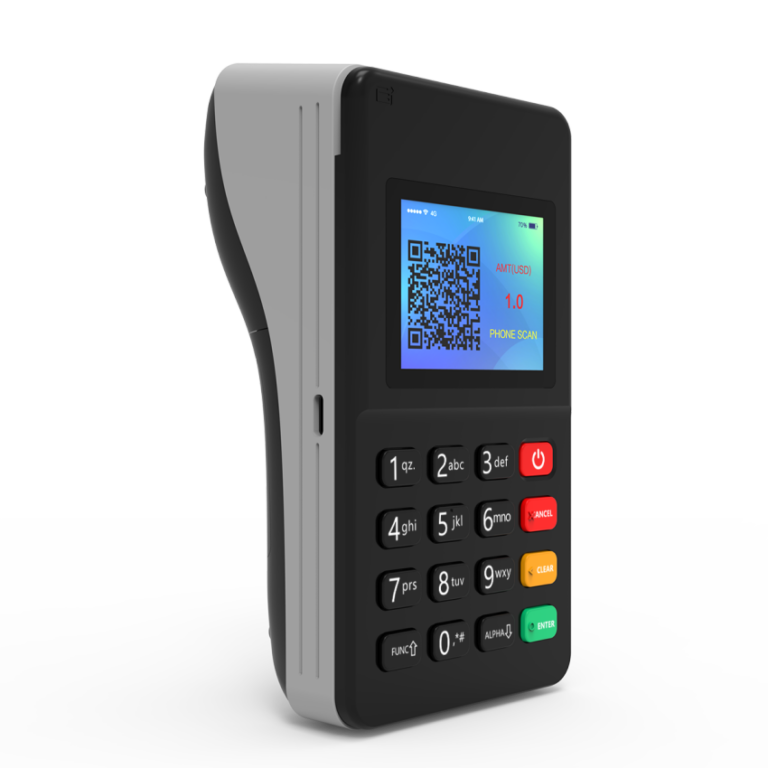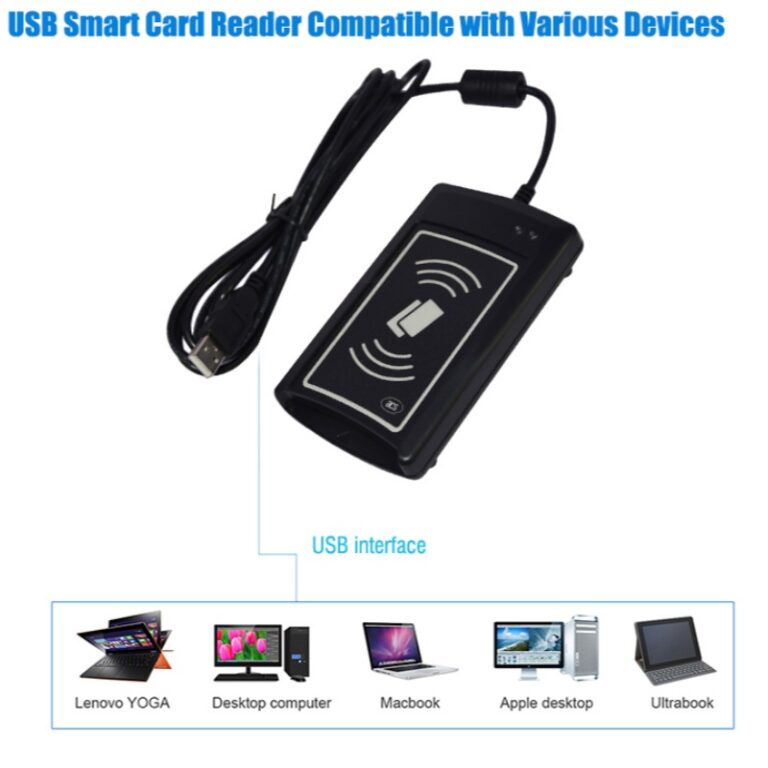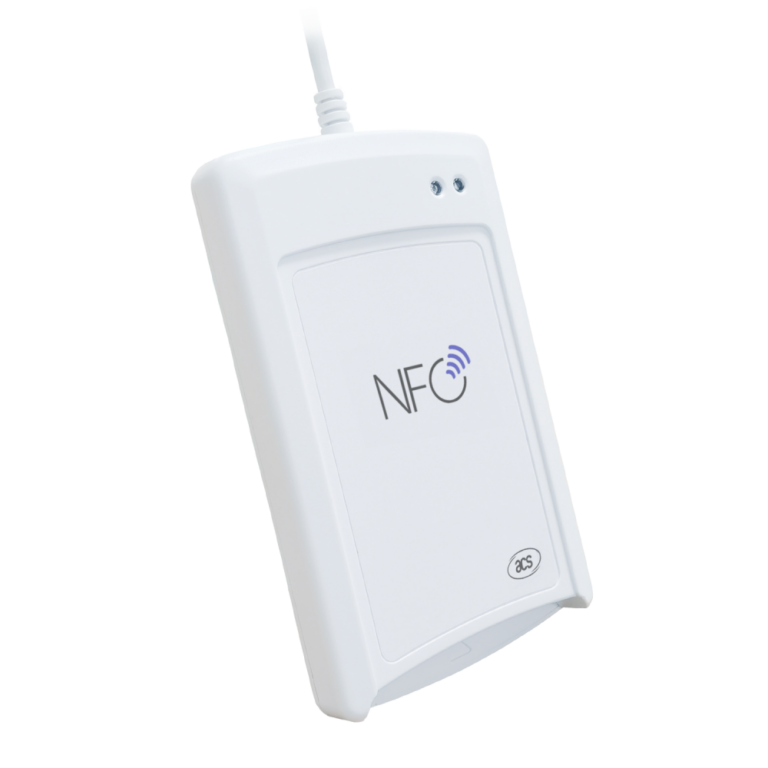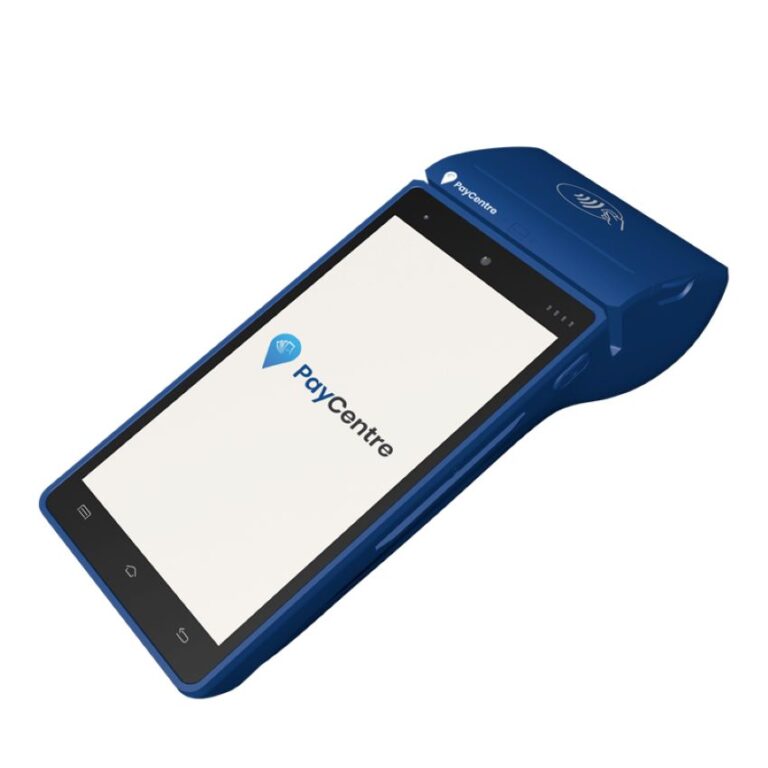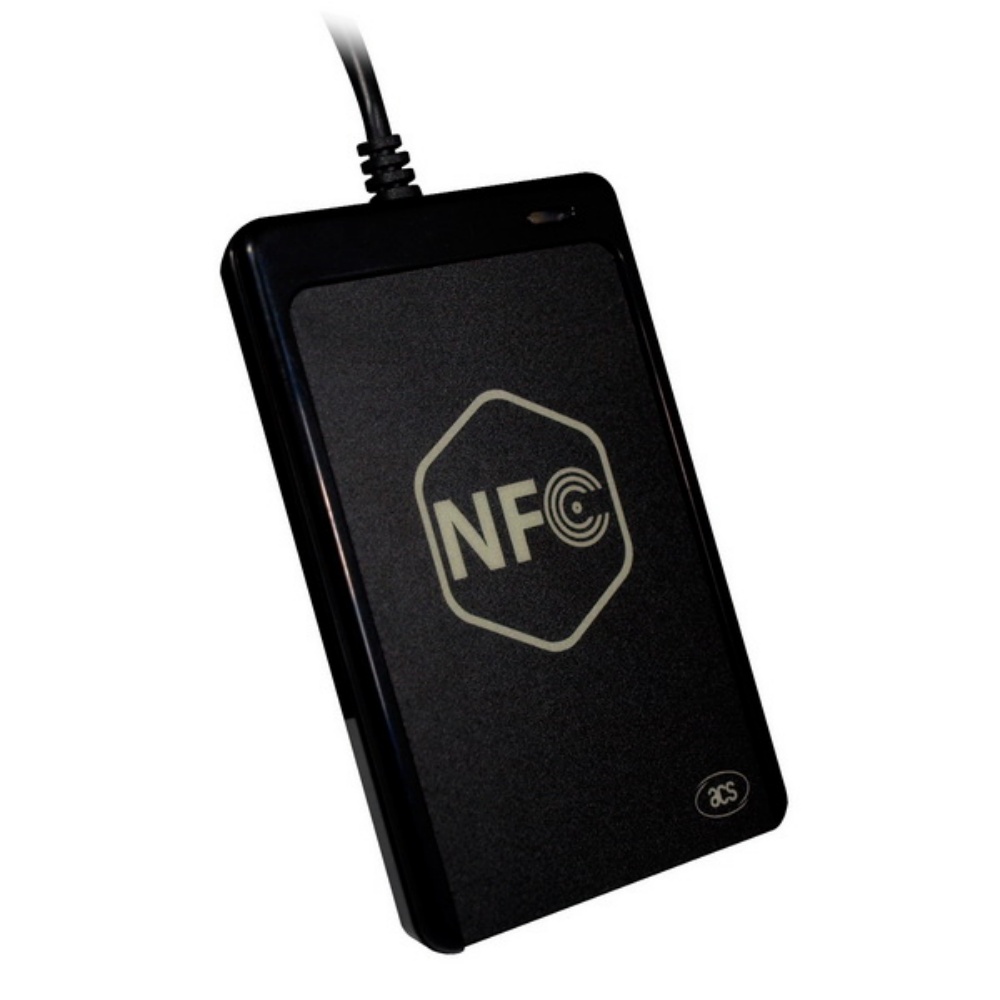
NFC Anti-Counterfeit Technology
Discover how NFC anti-counterfeit tags leverage cutting-edge encryption and unique UID technology to combat counterfeiting. Learn about NFC vs RFID, key features, and real-world applications like luxury goods and cosmetics.
Table of Contents
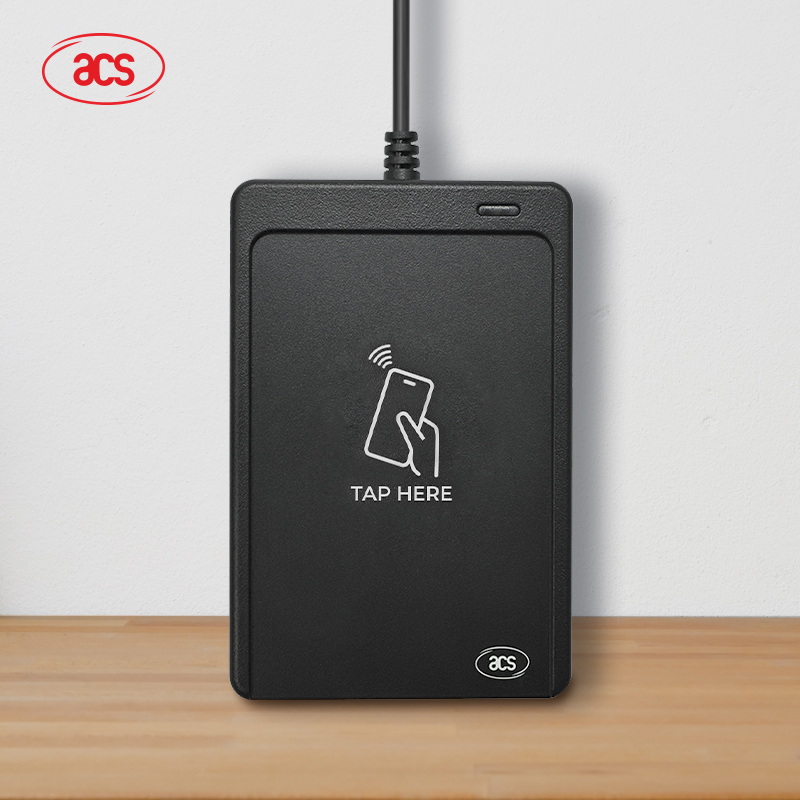
As brand awareness grows, so does the demand for advanced anti-counterfeit solutions. Traditional methods struggle to balance security with user-friendliness—until now. NFC (Near Field Communication) anti-counterfeit tags have emerged as a game-changer, combining robust security with seamless verification via smartphones. This technology embeds encrypted data into tamper-proof chips, enabling businesses to protect products and consumers to verify authenticity effortlessly.
What Are NFC Anti-Counterfeit Tags?
NFC anti-counterfeit tags are electronic labels that store product-specific data like manufacturing details, batch numbers, and origin. Using NFC-enabled smartphones, consumers can scan these tags to authenticate products instantly. The integration of NFC chips—designed with tamper-evident materials and military-grade encryption—makes cloning or duplication nearly impossible.
How NFC Technology Works
NFC, a subset of RFID, enables short-range wireless communication (up to 10 cm). Unlike RFID, which requires separate readers, NFC combines a reader, transmitter, and receiver in one chip. For anti-counterfeiting:
- A unique UID is embedded into each NFC chip during manufacturing.
- Data is encrypted using asymmetric algorithms, ensuring only authorized parties can decode it.
- Tags are integrated into product packaging via tamper-evident materials (e.g., NFC wine bottle seals).
Why NFC Outperforms Traditional RFID
| Feature | NFC | RFID |
|---|---|---|
| Range | 10 cm (secure, contactless) | Up to 100 meters |
| Integration | Built into smartphones | Requires external readers |
| Interactivity | Two-way data exchange | One-way data reading |
| Cost | Higher (tamper-proof chips) | Lower |
NFC’s short range and encryption make it ideal for high-security applications, while RFID suits inventory management over long distances.
Key Advantages of NFC Anti-Counterfeit Solutions
- Tamper-Proof Design
- Frangible Labels: Break upon opening, preventing reuse.
- Unclonable Chips: Unique UIDs and 32-bit encryption render cloning futile.
- Zero-Friction Verification
- No apps required! Consumers simply tap their phone on the tag to view product details, manufacturer info, and blockchain-backed traceability.
- End-to-End Security
- Data locks post-writing; even developers can’t alter stored info.
- Multi-layered protection via UID locking, key-based access, and anti-tamper alerts.
- Cost-Effective Scalability
- Eliminates the need for centralized databases, reducing operational overhead.
NFC in Action: Cosmetics Industry Case Study
- Tag Placement: NFC labels on packaging or shrink sleeves to deter repackaging.
- Data Management: Track production, inventory, and sales via encrypted IDs.
- Consumer Experience: Scan with NFC phones to verify authenticity and view sourcing history.
- Logistics: Use bulk RFID tags for warehouse management, paired with NFC for end-user verification.
NFC vs RFID: Which is Right for You?
- Choose NFC for high-security use cases (luxury goods, pharmaceuticals) requiring consumer interaction.
- Choose RFID for large-scale logistics and inventory tracking where long-range readability is critical.
Future Trends: NFC + Blockchain
Combining NFC with blockchain enhances traceability by creating immutable records of a product’s journey from factory to consumer. This synergy ensures transparency and trust, critical for industries like organic cosmetics and fine wines.
Call to Action
Ready to safeguard your brand with NFC anti-counterfeit technology? Contact us to explore tailored solutions for your industry.
